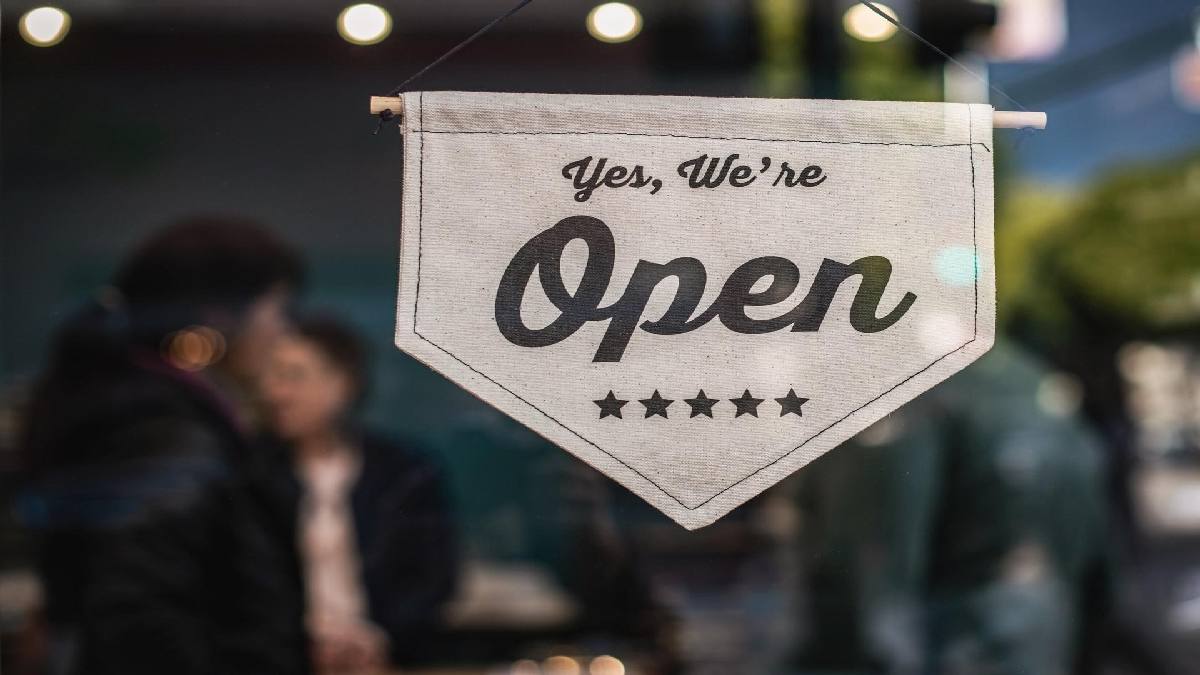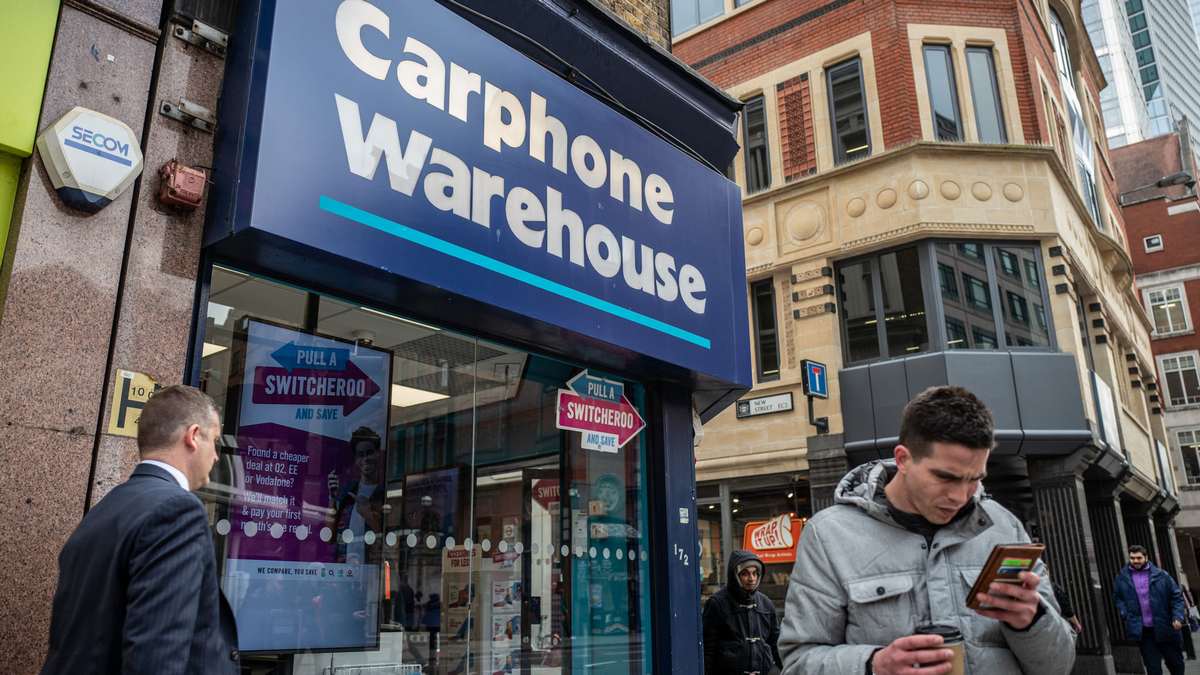
The world has seen how a single virus can put a halt to almost all of the activities they are used to doing. It caused financial havoc for businesses all over the world. A significant number of small businesses closed down while others had to downsize just to survive. Canada experienced a painful drop in the gross domestic product (GDP), the economy contracted by 18.2% between March and April of 2020.
If there is one thing recent developments bring business owners, it is the hope that the worst is over. The recovery mode for businesses varies for every industry. As you prepare to slowly get back on your feet, here are some ways you can prepare your business to reopen once the economy begins to return to a state of normalcy:

1. Assess the financial damage
The first step in picking your business up after a crisis is assessing the financial damage incurred. Losses are a huge problem at the height of the pandemic and these have to be accounted for before any other rebuilding steps are taken.
Have your financial statements updated by an auditor. Take a look at your profit and loss, cash flow statements, and loan payments if there is any. Compare these with the previous years’ numbers and take note of the downward or upward trend.
Aside from the cash flow, you also have to consider the financial damage incurred in laying off people or closing down branches. You also need to take into account the budget cuts for marketing efforts.
2. Create a detailed relaunch map
The crisis has affected the assumptions, tools, plans, and visions of businesses thereby rendering them unable to continue at present. For your business to restart, you need to have a defined solid framework to maneuver through the volatile environment.
The best thing to do is to develop a detailed relaunch map to prioritize the recovery opportunities. The map will guide your production, supply chain, and marketing efforts. It also presents you with a recovery timeline for every site.
The map is especially crucial in giving a baseline reopening and alternative scenarios. The plan will be tested against the scenarios. It will also include options to provide a seamless reallocation of resources when needed.
3. Revamp your budget according to new spending
Coming out of a crisis means spending every dollar wisely. As part of your recovery plan and preparation, establish a clear budget for every aspect of your business set against a realistic forecast of your revenue. Expect things to be a little slow at the start so you must eliminate wasting money and operate on a lean budget.
Did you have an in-house online marketing team before? You may have to outsource for a third party to make way for your SEO growth for your business in the new normal. Once things start to take off, you can proceed with forming another in-house marketing team to focus solely on your business. Similar measures could be taken for other aspects of the business.
4. Develop a timeline for rebuilding.
Expect that there are several things that you need to do to recover from a crisis. You are not required to do everything at once. The soundest move is to establish a timeline that prioritizes the most important steps.
Taking individual steps to recovery requires tracking your progress. When you plan to reopen, make your priority goal to secure funding for your business 3 months before reopening. Your next goal would be to rehire employees a month before opening. Days leading up to reopening, your next goal is to acquire stocks. The goals should be specific and time-bound so you can decide whether the efforts you are exerting are giving the expected returns.
5. Create a contingency plan for any future crisis
The COVID-19 pandemic caught the world off-guard. One of the reasons why it caused so much damage to the economy is because there was no one who was able to prepare for it. This experience should teach you to always have a plan ready for any crisis that might happen in the future.
One measure you can take is to build up liquid cash savings that you can use at the onset of a crisis. You can use this fund to pay off debt or to serve as a buffer to help your staff as you transition to a leaner budget.
How to Reassure Your Customers that Business is Back

Crises are part of the risks that businesses need to face and address. In light of the recent crisis, they are weary of health practices and standards. For companies to gain back their clients’ trust, they need to show or explain to clients that their product or service adheres to the most rigorous standards. Here are some tips on how to reassure your customers and gain their trust back:
1. Define the safety and health protocols that you are imposing.
The most defining health protocol that Canadians practice is getting the COVID jab. Vaccination is an effort of the government to protect the citizens from contracting the dreaded virus. As a business, you can put up signs in your place of business or create a post on social media channels announcing that your employees are vaccinated.
Apart from getting the jab, you can also impose rules the moment customers get inside your business premises. Strictly observing two-meter distancing, wearing of masks, and catering to a set number of clients are just a few of these measures. For most, businesses with these rigorous health measures are perceived to be more dependable.
2. Upgrade your POS
The recent health crises has opened opportunities for online transactions to become the primary mode of paying for goods and services. Let your customers know that you have dependable Canadian POS systems in place that afford them the convenience to pay whenever and wherever they are.
3. Communicate the health measures implemented that customers do not see in your place of business.
There are different settings for businesses thus, health measures are not uniform for everyone. In an office set-up, employees may be asked to observe minimum health standards and get vaccinated. On the other hand, those who are in the services industry may have more rigorous standards to follow. For example, if you are hosting luxury events in Toronto, you need to make sure that the clients and the staff are safe on every outing. Do you hold testing procedures before each event? Do you have strict sanitary standards? Do you always practice hygiene and sanitation in accordance with the standards of your local government and the World Health Organization? Make sure that your clients know about these to make them feel at ease in every transaction.
4. Make sure to safeguard your employees’ health
How your employees are cared for reflects on your business. With almost everyone eager to return to work, you have to see to it that their health is top priority. Encourage a high morale to work by ensuring that the workplace is safe and in accordance with the health regulations of the government. You can also offer to extend protection measures outside of the office especially for those who commute to work.
The world is finally seeing the light in the midst of one of the longest and most difficult crises to hit the world. The struggle now is rebuilding the economy by picking businesses that were hardest hit by the pandemic. The best way to start is by carefully planning steps to reopen and re-establish relationships with clients.



